The Metaphysical Body
A Survey Exhibition: 1970 – 2005, Various galleries, Throughout 2006 – 2008
Godwin Bradbeer entered the consciousness of Australian drawing and of Australian art: both against and yet part of the shotgun marriages that were occurring between drawing and photography, and drawing and conceptual installations. In many ways, my view of Bradbeer remains drawing-centric, as it is his masterful assertions within this medium as his prime art activity over the past 30 years that cements his place in Australian art.
There was and is a considered “internationalism” about Bradbeer’s aesthetic, steeped in traditions of perspectival innovation and the figure as a cypher of emotion that owes far more to the Renaissance and Romanticism than to any localized referents. Bradbeer persisted in his figurative mode against the clear tide of 1970s abstract and minimal art, prevalent when he was an art student.
Bradbeer has been critically positioned as part of the wave of 1980s and 1990s German neoexpressionism. This is due more to his use of monumental scale and what has been described as ‘dark, angst-ridden themes’2 than to alliance with other characteristics of the drawing taking place in Dusseldorf, and throughout Germany by 1985. Bradbeer’s emphasis and manner of drawing had been established a decade before that, so he was no sudden convert to the zeitgeist. Rather, he prefers to see his work as a form of classicism, for it is classical structures that most interest and influence him.
Bradbeer sees his concerns not in the blood-letting of dramatic image-making, but in classical allusion. Unlike the postmodern synthesizers of appropriation, he does not purloin images as much as refer to the structures and compositions of Hellenic art. Summarily, Bradbeer explores the mechanisms of Renaissance intent without hiding it beneath irony; in this endeavour he is arguably the most postmodern of artists, unafraid of the figurative language he explores.
Dr Neill Overton, June 2006
